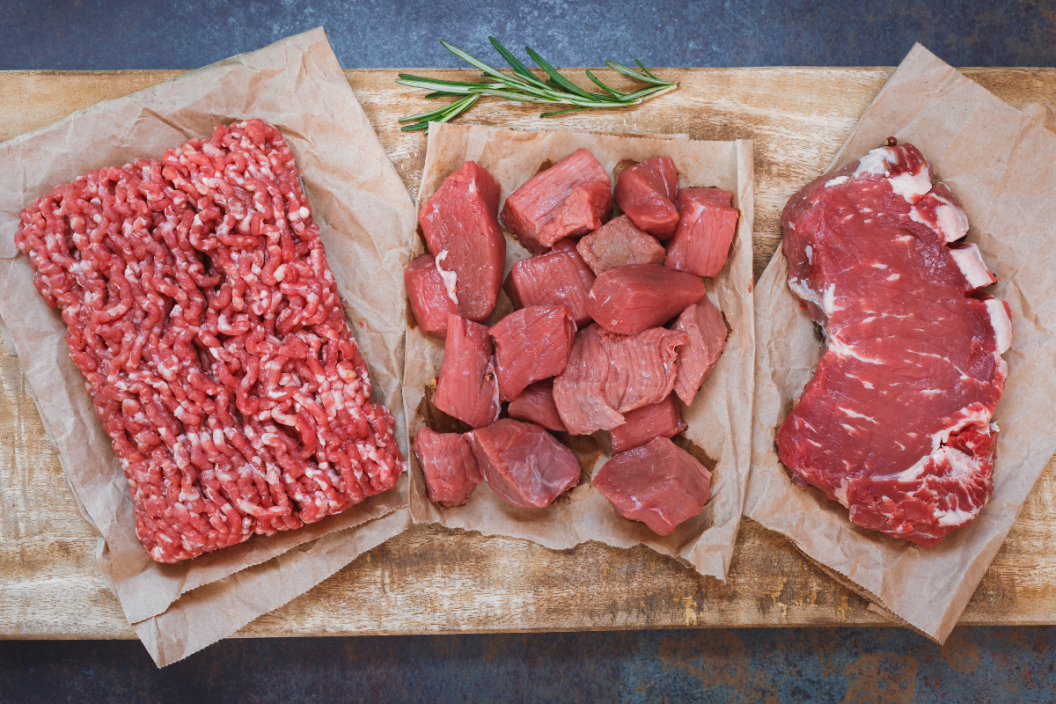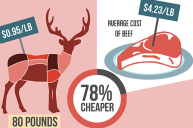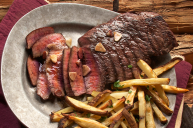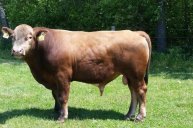As Americans become more and more conscious of the ethical and health-related implications of how their food is raised and processed, more and more terms enter the grocery store aisles. Cage-free, humanely raised, all natural, and pastured all sound nice—but what do they actually mean? Too often, the terms you'll see applied to meat are loosely regulated marketing terms with murky meanings.
One of the most common of these is grass-fed beef. It often costs more, but what exactly are you paying for? Whether you're an eco-conscious consumer, a health fanatic, or you simply want to purchase meat that tastes good—grass-fed might offer something for you.
What is Grass-Fed Beef?
It may sound obvious to say, but this type of beef comes from grass-fed cattle, rather than cows raised on traditional grain feed. This means that the animals are allowed to roam and graze for their own food, as compared to grain-fed cattle, typically raised in a confined feedlot. While "grass-fed" is a marketing term, it is regulated by the USDA, which cites that animals must only consume grass, forbs (such as legumes or brassicas), and cereal grain crops in their vegetative state.
Are There Health Benefits of Grass-Fed Beef?
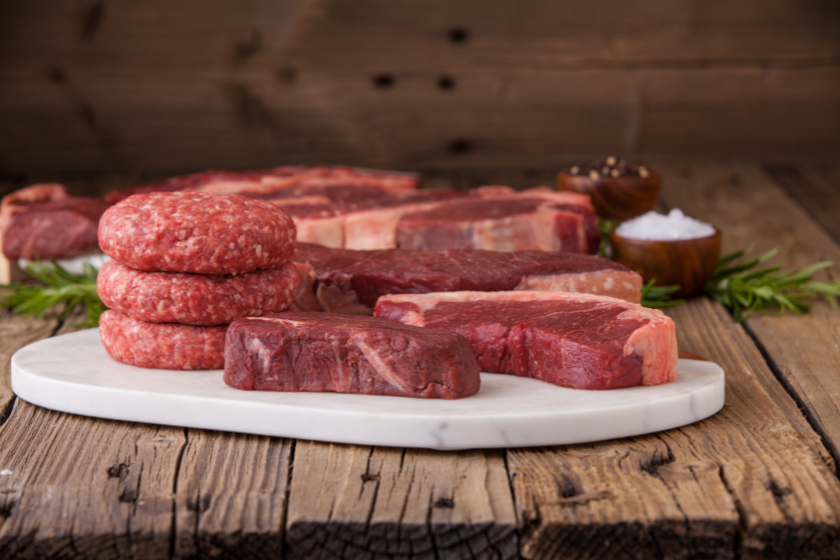
There may be some health benefits related to consuming grass-fed beef rather than traditionally raised grain-fed beef. You are what you eat is more than a saying. Nutrients and fat levels in cattle can be affected by the type of food they consume. This means the nutrients in the foraged diet are passed along in the beef: grass-fed meat may have more omega-3 fatty acids, more omega-6 fatty acids, and more antioxidants (such as Vitamin E).
However, this comes with a trade-off when it comes to fat content. Grass-fed beef typically contains more saturated and trans fats than the traditional alternative.
Why Do Chefs Love It?
Chefs will tout the health benefits of grass-fed, but also typically believe that grass-fed simply tastes better. Sure, ground beef might be one thing, but when purchasing a cut of meat that is already sure to be pricey (a tenderloin or filet mignon, for example), why not spend a few extra dollars to ensure the quality is top-notch?
Whether or not you buy into the hype, grass-fed meat isn't going anywhere: According to the Wall Street Journal, grass-fed beef sales grew 100% each year between 2012 and 2017, as compared to 7% for conventionally raised meat.
